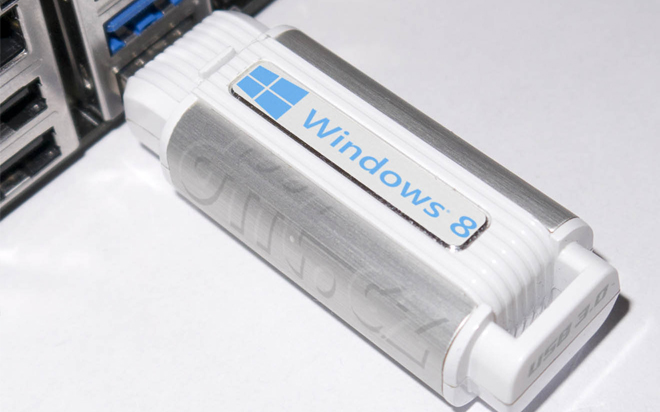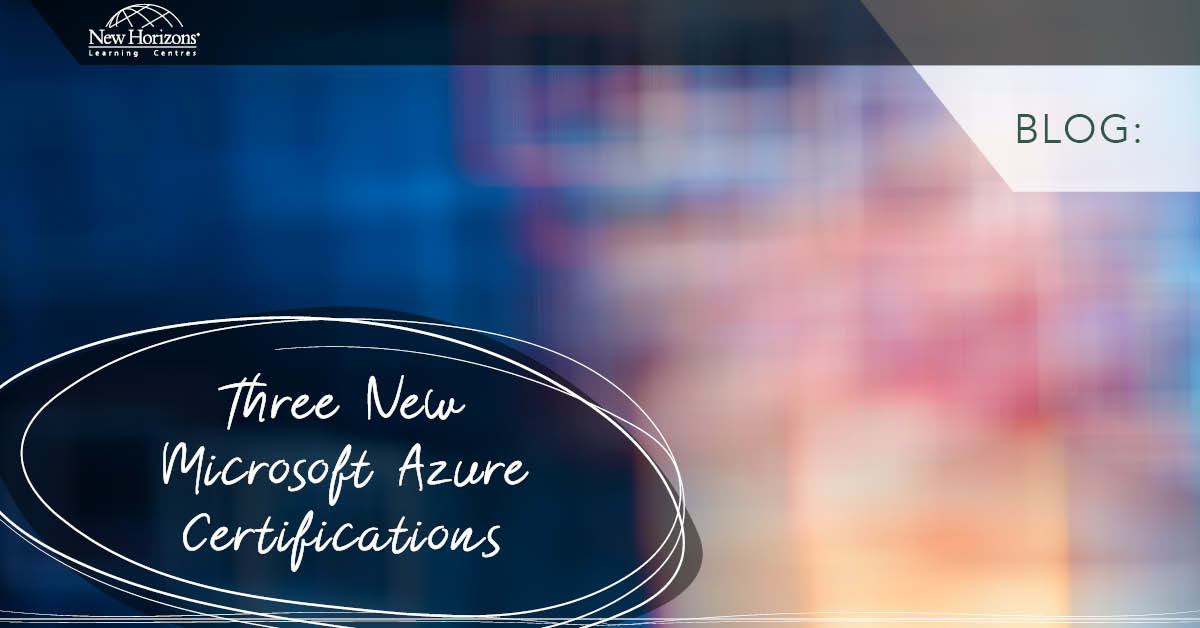
Mar 02, 2015
In my previous blog post regarding Windows to Go, we looked at the features and possibilities with some of the challenges in implementing it.
One of those "challenges' was the fact that you needed a Certified USB Device.
The list of Microsoft-certified USB drives for Windows 8 W2G is very short and to be honest, a bit expensive.

Not using a Microsoft-certified USB disk comes with a few, potentially deal-breaking shortcomings:
- It’s not an official Windows To Go image, and you don’t get your personal (purchased) apps or other personalisations on installation.
- Although you can install applications on the disk, you have to sync your purchased apps manually. What you do have is a fully functional Windows 8 system that’s bootable from the USB drive. If you’re using it as a portable desktop system, you have achieved your goal. If, however, you need a full, official W2G image with all of the features promised by a certified drive, then use the built-in Windows To Go Control Panel applet to create your masterpiece.
What to do if you want to use your current 32GB USB Drive that is not on the List?
Setting Up the USB Drive
Whether you already have a 32GB USB (or larger) drive or you buy one new for this doesn't matter much because you have to wipe it clean before use, so be sure Windows To Go is what you want on this drive before you start.
To begin, insert the USB drive into a USB slot on your computer and open a Windows command prompt in Admin mode. To set up the USB drive, follow the Diskpart commands below. Obviously choosing the the Correct Disk number from the displayed list.

Now the Following can be done in various ways, there's DISM and third party USB creators etc.
I choose AIK because it can be used for more fun stuff with deployments.
Gathering the Utilities
Good, now you need to download the Windows Automated Installation Kit (AIK) for Windows 7, named KB3AIK_EN.ISO.
At 1.7GB, it’s a fair sized download, and you’ll have to use your Microsoft Account to download the file. You’ll also need this account to log in to your Windows To Go system, so if you don’t have a Microsoft Account, sign up now.
After mounting the ISO, use 7Zip or something similar to open the NEUTRAL.CAB file and extract the F1_image.exe file.
Once extracted, rename F1_image to IMAGEX.EXE . This is the ImageX Tool for Windows.
From your Windows 8 ISO or DVD, copy the SOURCESINSTALL.WIM file to the same location you copied IMAGEX.EXE .
Create a folder such as C:WIN2GO and place those files and these instructions into it for future reference. If you find W2G useful, you’ll want to repeat the process.
Creating the W2G Bootable Image
Before you continue, know your USB drive letter. For this demonstration, the USB drive is E: , so I would transfer the install image to the USB drive with the command:
C:WIN2GO> IMAGEX.EXE /APPLY INSTALL.WIM 1 E:This is where you are probably going to wait.....a while..... a long while. Mine took more than an hour to complete, so be patient and don’t assume anything is wrong. ImageX provides a progress indicator like this:
[ 30% ] Applying progress: 43:22 mins remaining.during the transfer process. When the image is fully transferred to the USB drive, you need to enter one final command to copy Windows boot files to the root of the bootable USB drive:
C:> BCDBOOT.EXE E:WINDOWS /S E: /F ALL
Boot files successfully created. This command transfers the boot or system files to the USB Drive for any firmware (BIOS or UEFI) type (ALL ).
Initial Boot and W2G Setup
Now you’re ready to remove the USB drive and insert it into any other Windows 8-capable and USB-bootable computer to boot into Windows To Go. The initial setup process is also a lengthy stretched out process, so be very patient, buy a bonsai tree.
W2G requires two boots. The first is to detect hardware, which takes you through a series of colorful screens that display messages such as Getting devices ready X% and Getting ready . The system will reboot itself, so be ready to boot from the USB drive on that second boot
.The second boot steps you through the following Windows 8 setup screens:
- Accepting the License Agreement
- Personalise Color Scheme and Name the Computer
- Select a Wireless Network
- Enter the Wireless Network Password
- Set Express or Custom Settings
- Sign In to Your PC (Enter a Microsoft Account Name )
- Enter Your Microsoft Account Password
- Mouse Setup
After you enter your information and personalise your computer, you have to wait through another series of fascinating screens, such as We’re getting your PC ready , Installing apps , Taking care of a few things , Almost ready; finally, you’re sent to the Start (Metro) screen, where you can now interact with the operating system.
Using Windows To Go
You’ll notice that W2G behaves almost exactly like Windows 8 in every respect, and it should, because it is a full Windows 8 installation.
You might see a notification when you first log in telling you to:
Keep the USB drive plugged in. Only remove it after your PC has shut down completely. Otherwise, your Windows To Go workspace might crash and you could lose data.The W2G workspace is not loaded into memory and used from there; it remains on disk and is accessed as you use it. Windows 8 also creates a pagefile, if needed, on the USB drive.
If you are doing this on Windows 8 and 8.1, you will need to enable the Store.
Installing traditional applications, such as Microsoft Office, on W2G works just as you’d expect, but you need to open an Administrative command prompt and use The Group Policy Editor (gpedit ) to enable Windows Store.
C:> gpeditTo enable the Windows Store, under Computer Configuration , open Administrative Templates | Windows Components | Store.
In the right pane, right-click the entry Allow Store to install apps on Windows To Go workspaces and click Edit to select the Enabled option and click OK. Now you can close the Group Policy Editor.

In my next and last Blog on Windows to Go, we will look at managing portability, security and optimising performance for your Windows To Go.
How do your Excel skills stack up?
Test NowNext up:
- Screen Clip your Internet!
- Top 10 posts you may have missed from February
- HR for Non-HR Managers: Is the HR function necessary?
- Indexed member initialisers in C# 6
- Microsoft Dynamics - Maximum processing power!
- The Best Excel Keyboard Shortcut
- Instant calculations in Excel
- Prototypal Inheritance in JavaScript
- HR and age discrimination
- Development Sideloading of Windows Store Apps
Previously
- Hyper-V Network Types
- What is a Concordance File?
- Me, Myself and I in the workplace
- Security Compliance Manager Updated
- The Power of Zoom
- Planning Exchange Online and Configuring DNS Records
- Creating custom task alerts in Microsoft Project 2010/13
- What does Warren think about leadership?
- Windows To Go! Part 1.
- Innovations in Office 365









